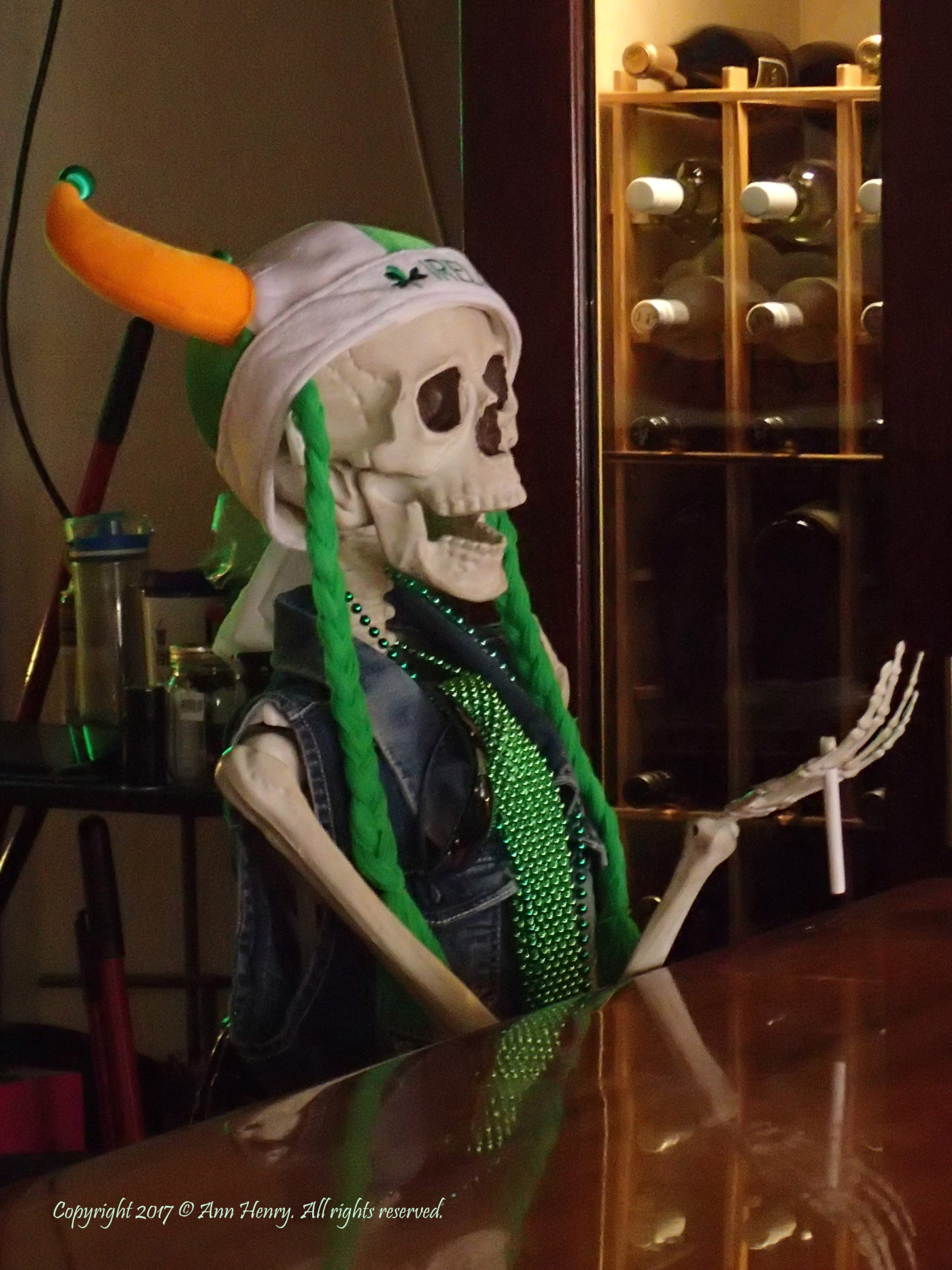Just as your body needs a skeleton to give it structure, your novel needs a framework for its story. If you start with a solid, time-proven framework, your story will have good bones and a good head start toward success.
What does such a framework look like? There are any number to choose from, but the most common one, based on collected wisdom through the ages, is the three-act structure:
ACT I
1 – Introduces the protagonist (main character)
2 – Introduces protagonist’s overarching emotional goal for the story (to find true love; to benefit mankind; to find fulfillment in one’s chosen profession)
3 – Introduces protagonist’s literal goal (wed the girl next door; find a cure for cancer; design the world’s tallest building)
4 – Ends with an “inciting incident” (an event or newly gained knowledge that irrevocably changes the life circumstances or worldview of the protagonist)
5 – Poses the question the story needs to answer (will the protagonist attain the goal(s) set forth?)
6 – Serves as the set-up for the story and can take up to 25% of the story, especially in longer works such as novels
ACT II
This act, which is commonly known as the middle and often takes up 50% or so of the story, is where much of the action takes place. During this portion of the story, your protagonist is forced to do something to achieve his goal, but things (or people) keep getting in the way. (Keep those boulders coming! Set that tree on fire! Oh, no! There’s a bomb and the protagonist just got locked in the room with it!)
Not only is your protagonist having more and more trouble achieving his ultimate goal, but the stakes have been raised along the way (your protagonist now has reason to believe that the other fella wooing the girl next door is a murderer and only wants to marry her for her money; your protagonist’s identical twin has developed cancer; it has been discovered that the building method your protagonist was planning to use to build a super-tall structure is dangerously flawed).
This is where your character keeps running into problems and solving them only to be confronted with an even worse situation immediately afterward and so forth and so on until, at the end of this section, it seems that all hope is gone and there can be no happy resolution for your character. Disaster has struck once again, and this time the protagonist is truly doomed.
ACT III
But wait! Your protagonist has just had a MacGyver inspiration, an Einsteinian thought, a super surge of adrenaline (or, in the case of romance, a suggestion from Cary Grant).
What is important here is not just that the situation gets rectified so that the protagonist can get the girl, find the cure, or see that tallest building in the world safely built, but that it is the action of the protagonist, not some random event or the action of someone else, that saves the day.
Sometimes in fiction, just as in real life, the ending is not a happy one even though the story is not technically a tragedy. Readers can be okay with this if the protagonist is okay with it. In other words, if the protagonist is emotionally satisfied at the end of the story even though he failed to meet his literal story goal, the reader should feel emotionally satisfied as well. If the boy really loves the girl next door, proving her other suitor to be a criminal and getting him arrested so as to save the girl from harm may be enough for him. And even though someone else gets credit for the protagonist’s contributions to that elusive cure for cancer, if the life of his twin is saved, the protagonist will be emotionally satisfied. As for that tall, tall building, even if it can’t be built, the architect can become emotionally satisfied by coming up with a better and less expensive way of building that can help safely house many people.
In a BookBaby blog titled “Narrative Structure, Part 1: What It Is & How to Use It,” developmental editor Scott McCormick says that lack of structure is the “number one problem” he sees in manuscripts.
“These books feel like they are meandering,” he says, “rather than driving towards a destination.”
Before you begin your first draft, figure out what your protagonist’s “final destination” will be, and then drive your character straight there — up hills, around trees, and through puddles if you must, but without any unnecessary side trips.
The following books may be helpful to you in setting up the framework, or “bones,” of your book:
Save the Cat!: The Last Book On Screenwriting That You’ll Ever Need, by Blake Snyder. Although this book is specifically aimed at screenwriting, I find it to be quite relevant to fiction writing as well.
Save the Cat! Writes a Novel, based on Blake Snyder’s book, is by Jessica Brody and addresses the issue for fiction writers.
Structuring Your Novel: Essential Keys for Writing an Outstanding Story, by K.M. Weiland.
Happy Reading, Happy Writing, and Happy Halloween!
